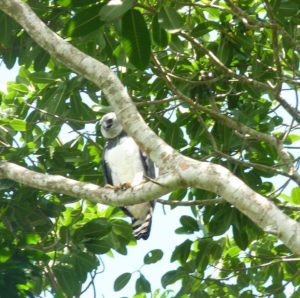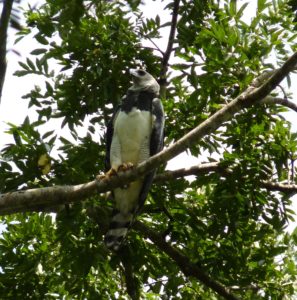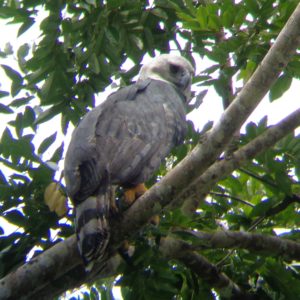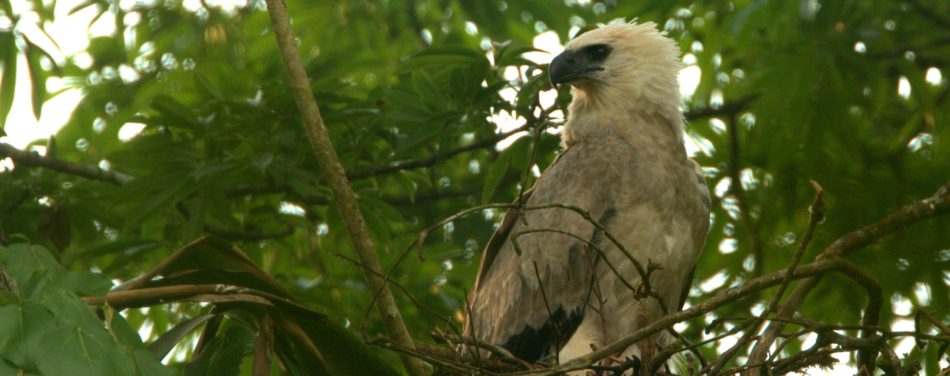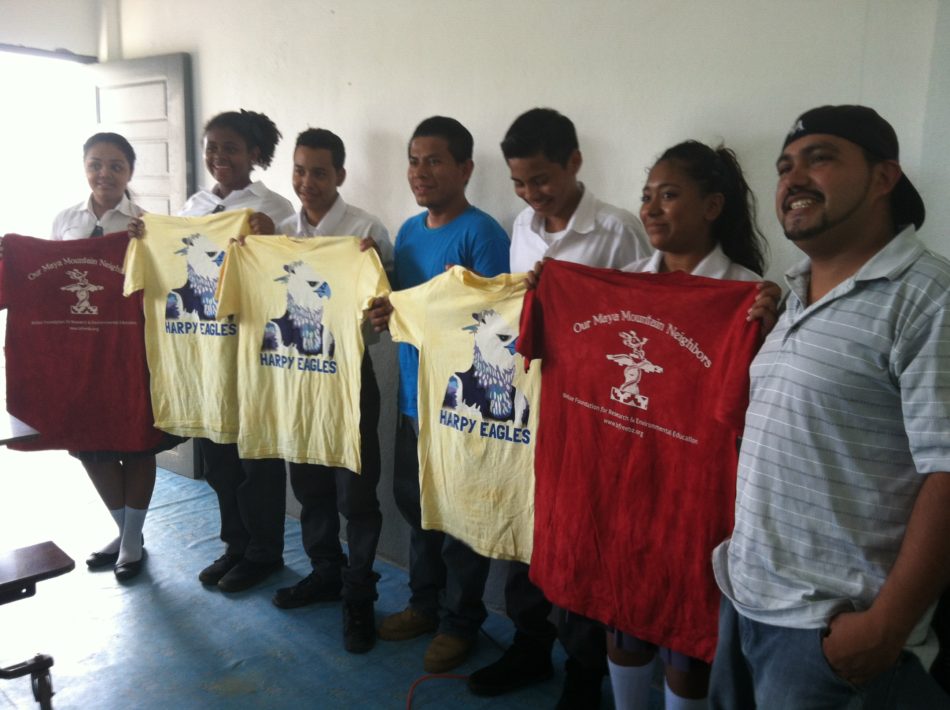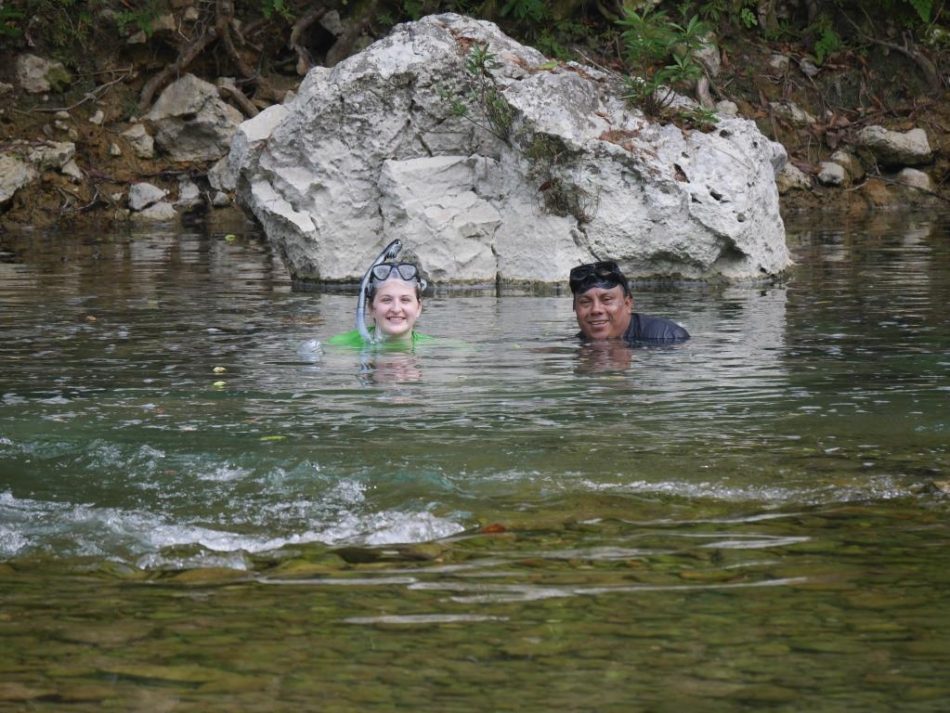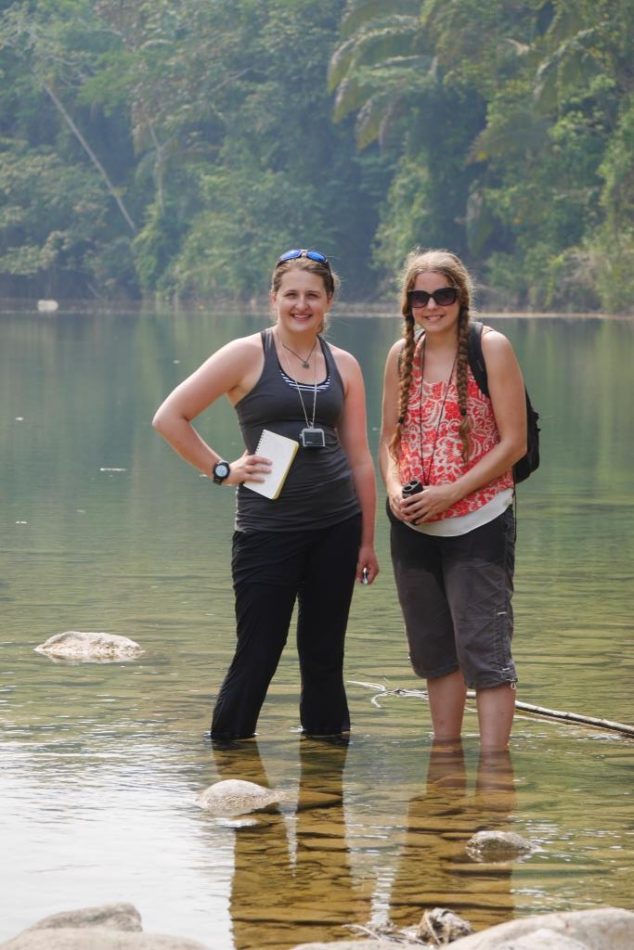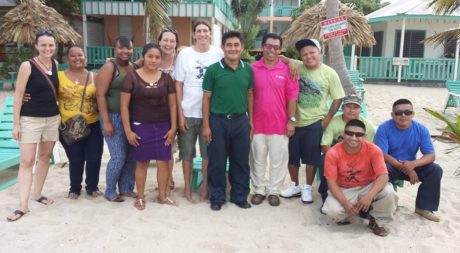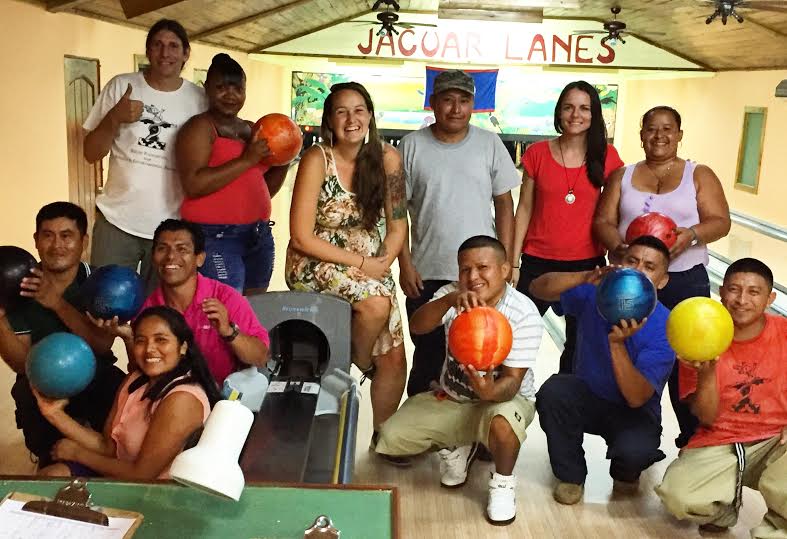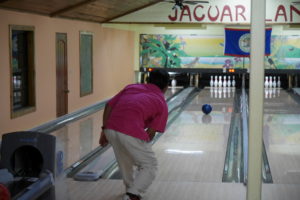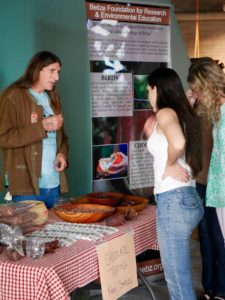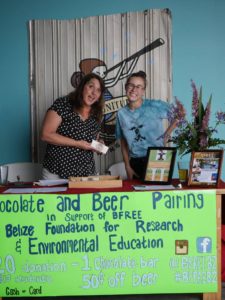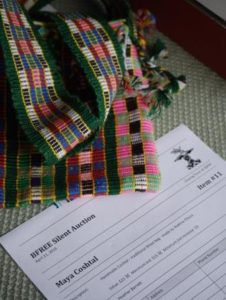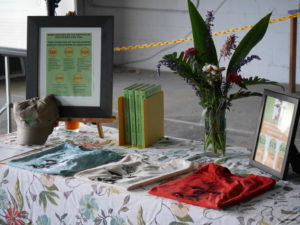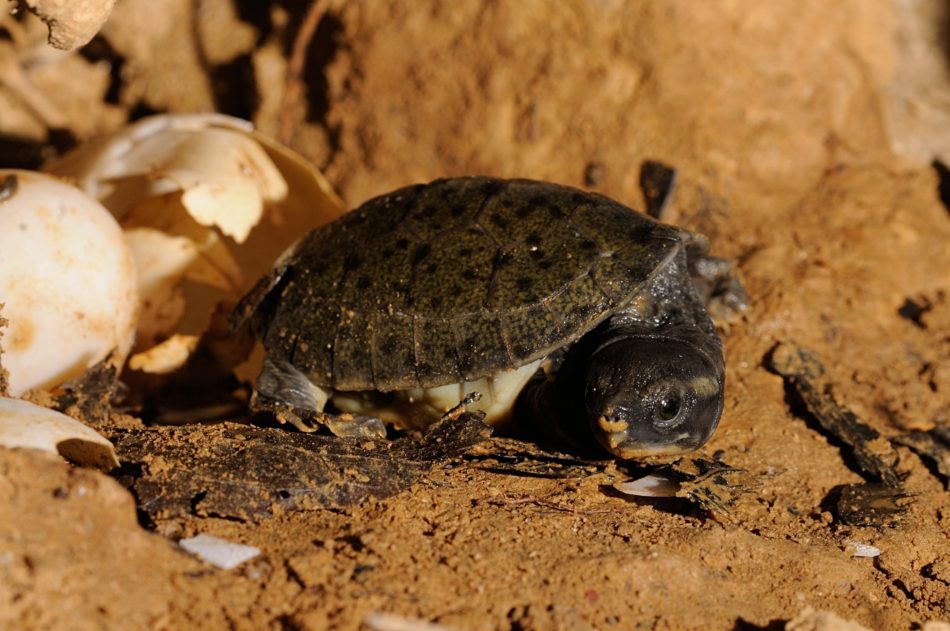The Belize Cacao Agroforestry Handbook
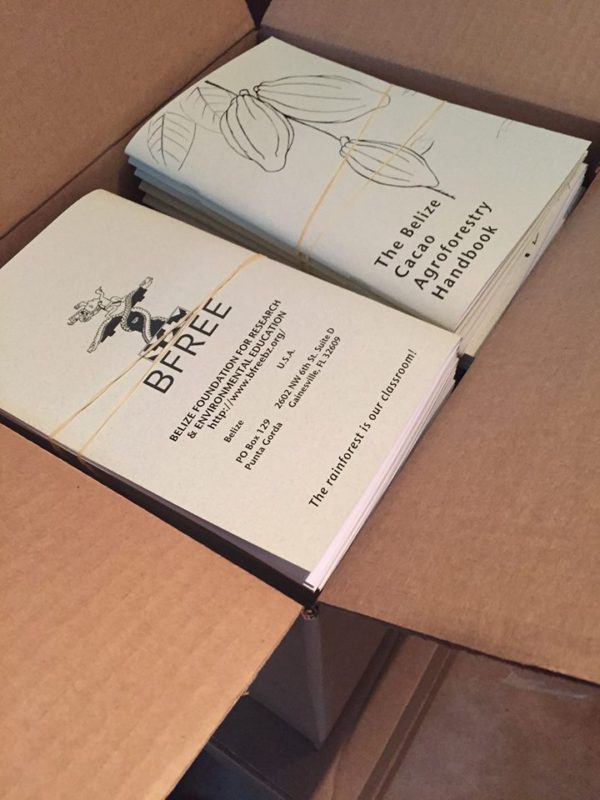
500 copies were produced in the first handbook printing.
The Belize Cacao Agroforestry Handbook is now complete and available in Belize. A joint effort between BFREE and UNC Wilmington’s Department of Environmental Studies with significant input from experts at the Cocoa Research Centre at the University of the West Indies, the handbook describes the benefits of sustainable agriculture for humans, wildlife and forests.
The 70-page manual is filled with illustrations and simple descriptions intended to guide farmers through the basics of land preparation, nursery management, planting, maintenance, harvest and post-harvest. The ‘Resource,’ section of the Handbook includes checklists, management schedules, and cultivation records, to help farmers track their farm activity and keep on schedule throughout the year. The hope is that this new handbook will provide a comprehensive resource for cacao farmers whether just starting out or experienced, and help promote organic cacao-based agroforestry practices as an alternative to traditional agriculture that often required clearing of rainforest and intensive agro-chemical inputs.
Five hundred handbooks were produced during the initial printing and will be made available to farmers in the Toledo District through farmer cooperatives, during meetings and workshops, in farm supply stores in Punta Gorda, at this year’s Chocolate Festival of Belize, and at the BFREE field station. In late January, the first books were distributed to BFREE staff who will share them with their village leaders and community members.
Partial funding for the Belize Cacao-based Agroforestry and Restoration Project (BCARP) is provided by the US Fish and Wildlife Service, on behalf of the Nyanza Natural Resource Damage Trustee Council – comprised of the Service, Commonwealth of Massachusetts and the National Oceanic Atmospheric Administration.
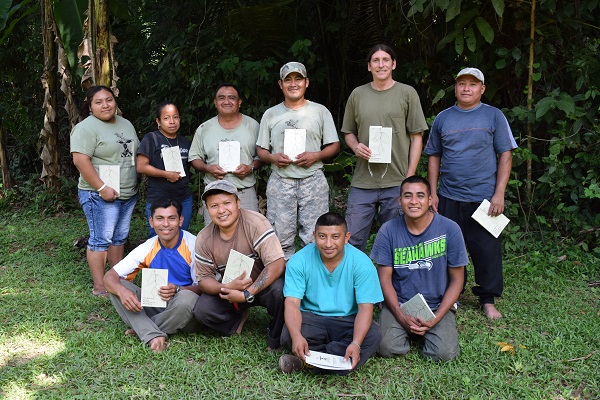
BFREE Staff members pose with their copies of The Belize Cacao Agroforestry Handbook in January 2017 at the BFREE Field Station. Standing from Left to Right – Carmelita Shol|San Felipe Village; Patron Coc|San Marcos Village; Apolonio Pop| Santa Cruz; Jacob Marlin| BFREE; Pedro Rash| Indian Creek. Seated from Left to Right – Thomas Pop|Golden Stream Village, Thomas Chub|Indian Creek; Elmer Tzalam|Golden Stream Village; and Cesario Pop|Silver Creek.

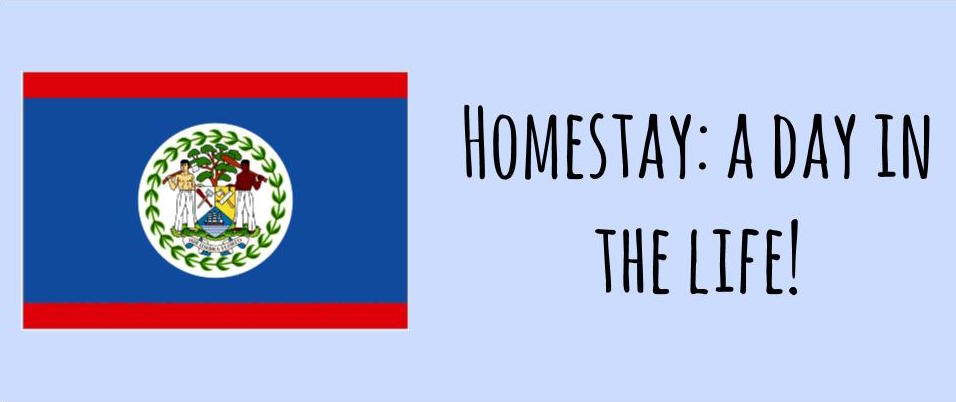
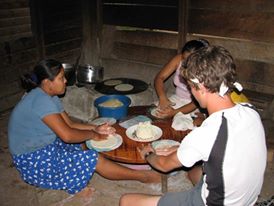 The family you will be staying with is pre-approved by the BFREE staff and each family is so excited to share their home with you. Families usually have small children who will be eager to meet you and some of the family members will speak English. Meals are eaten with your host family and you should ask to help cook – it is truly an incredible experience and a great way to get to know your family better! A typical meal consists of tortillas, chicken, beans, rice and vegetables. If you have any dietary restrictions, such as allergies or intolerances, let BFREE know and we will notify your family in advance.
The family you will be staying with is pre-approved by the BFREE staff and each family is so excited to share their home with you. Families usually have small children who will be eager to meet you and some of the family members will speak English. Meals are eaten with your host family and you should ask to help cook – it is truly an incredible experience and a great way to get to know your family better! A typical meal consists of tortillas, chicken, beans, rice and vegetables. If you have any dietary restrictions, such as allergies or intolerances, let BFREE know and we will notify your family in advance.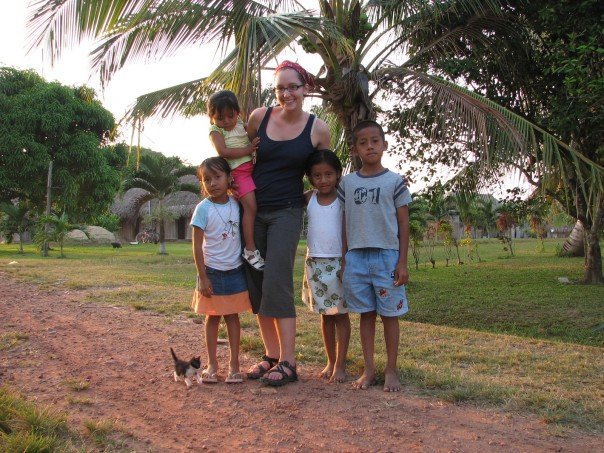 Belizeans tend to be fairly shy, especially the women, so don’t be offended if they seem hesitant to get to know you. Come prepared to tell a few stories about what your life is like and to ask a few questions about their life. You can even show pictures of your house and your family. If you would like to take a photo of your host family or a photo with the family, please make sure you ask permission first. Photos are still not very common in their culture so their approval is important. If you l
Belizeans tend to be fairly shy, especially the women, so don’t be offended if they seem hesitant to get to know you. Come prepared to tell a few stories about what your life is like and to ask a few questions about their life. You can even show pictures of your house and your family. If you would like to take a photo of your host family or a photo with the family, please make sure you ask permission first. Photos are still not very common in their culture so their approval is important. If you l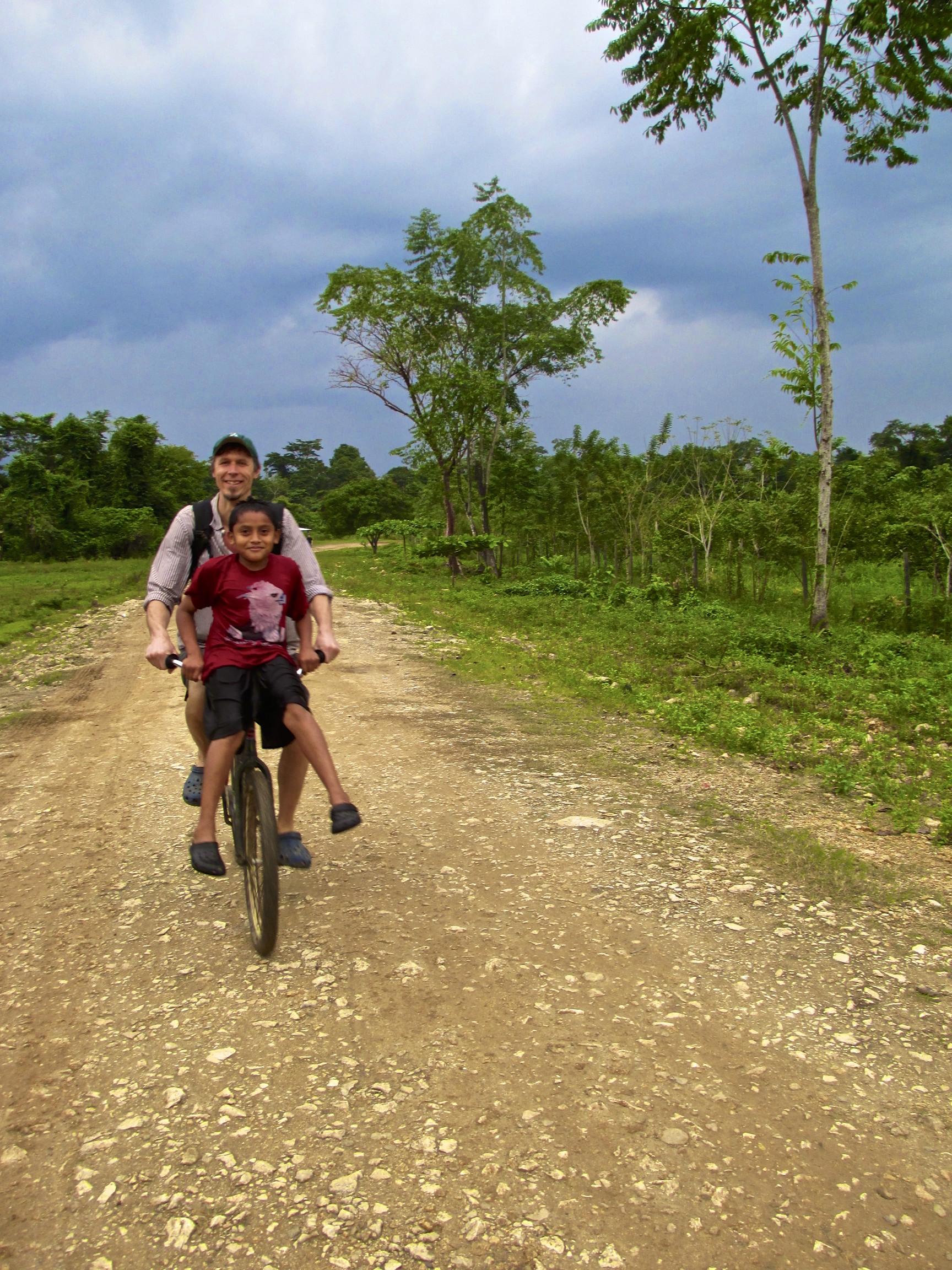

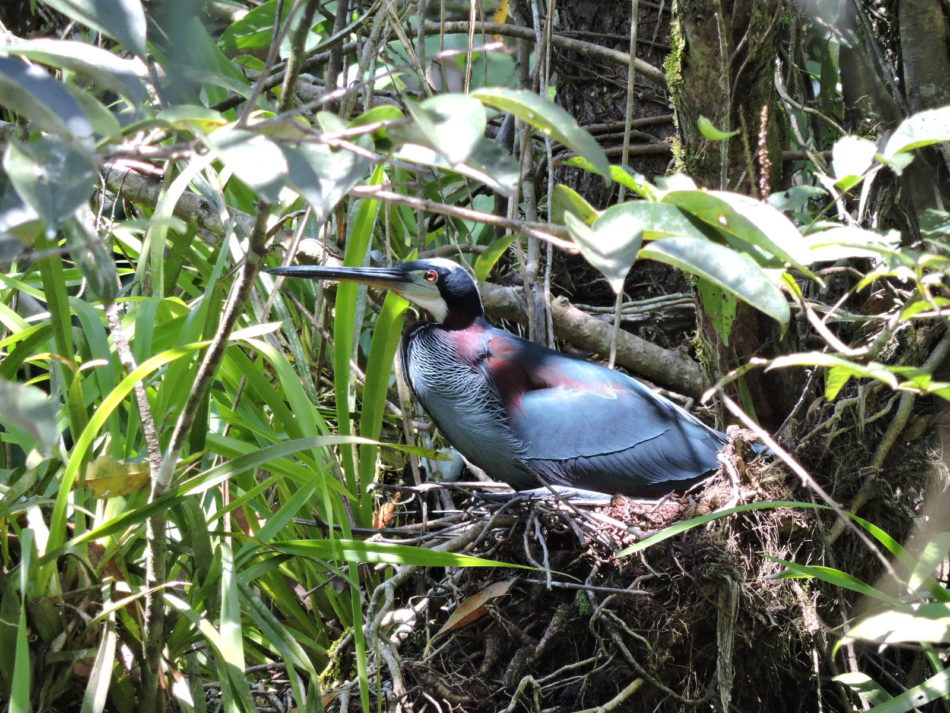
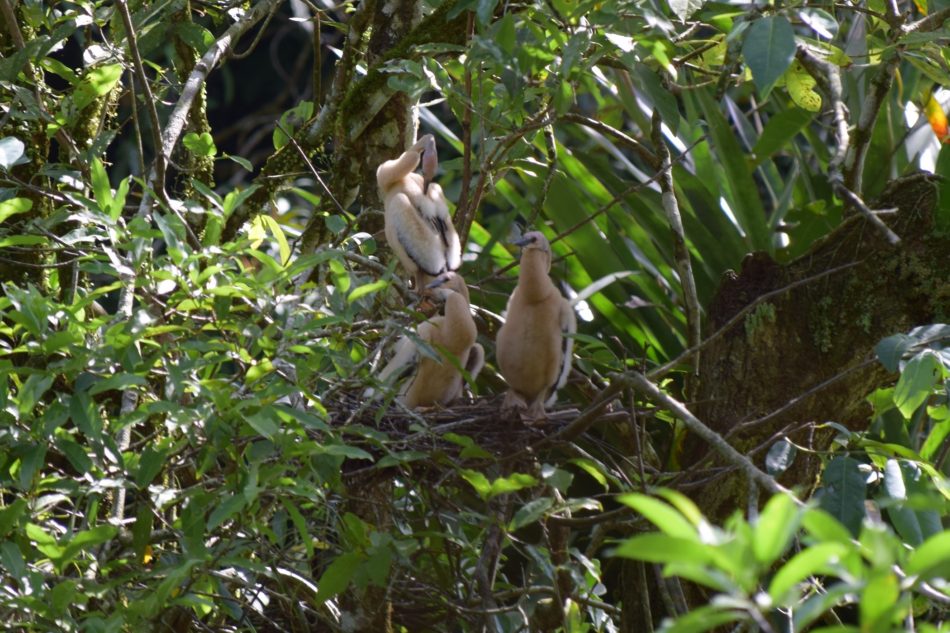
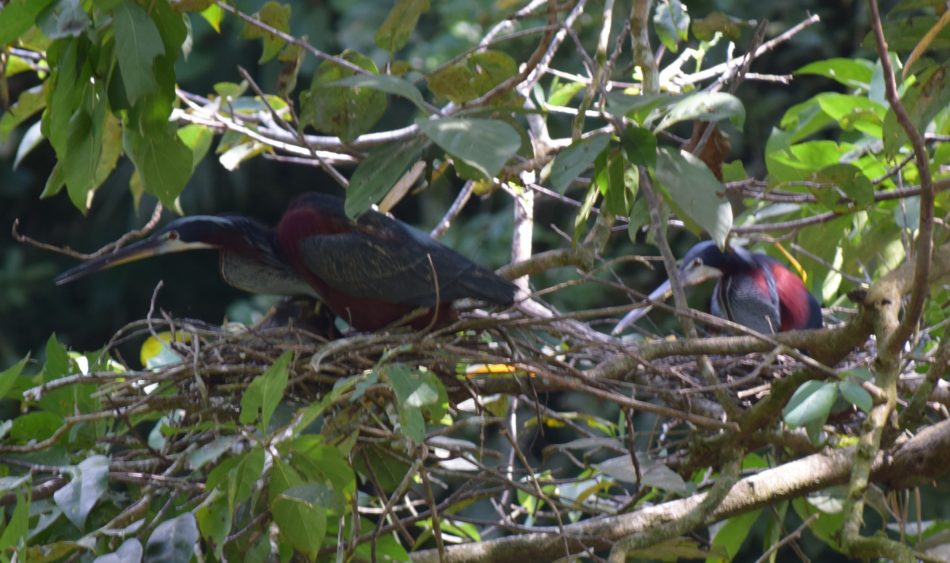
 Preparing to study abroad can be a hectic time, you’re about to jump into a new environment with a different culture and it may be your first time out of the country. Don’t sweat it, BFREE is here to help. With our ten tips for a successful trip you are bound to have an amazing and unforgettable time in Belize.
Preparing to study abroad can be a hectic time, you’re about to jump into a new environment with a different culture and it may be your first time out of the country. Don’t sweat it, BFREE is here to help. With our ten tips for a successful trip you are bound to have an amazing and unforgettable time in Belize.
